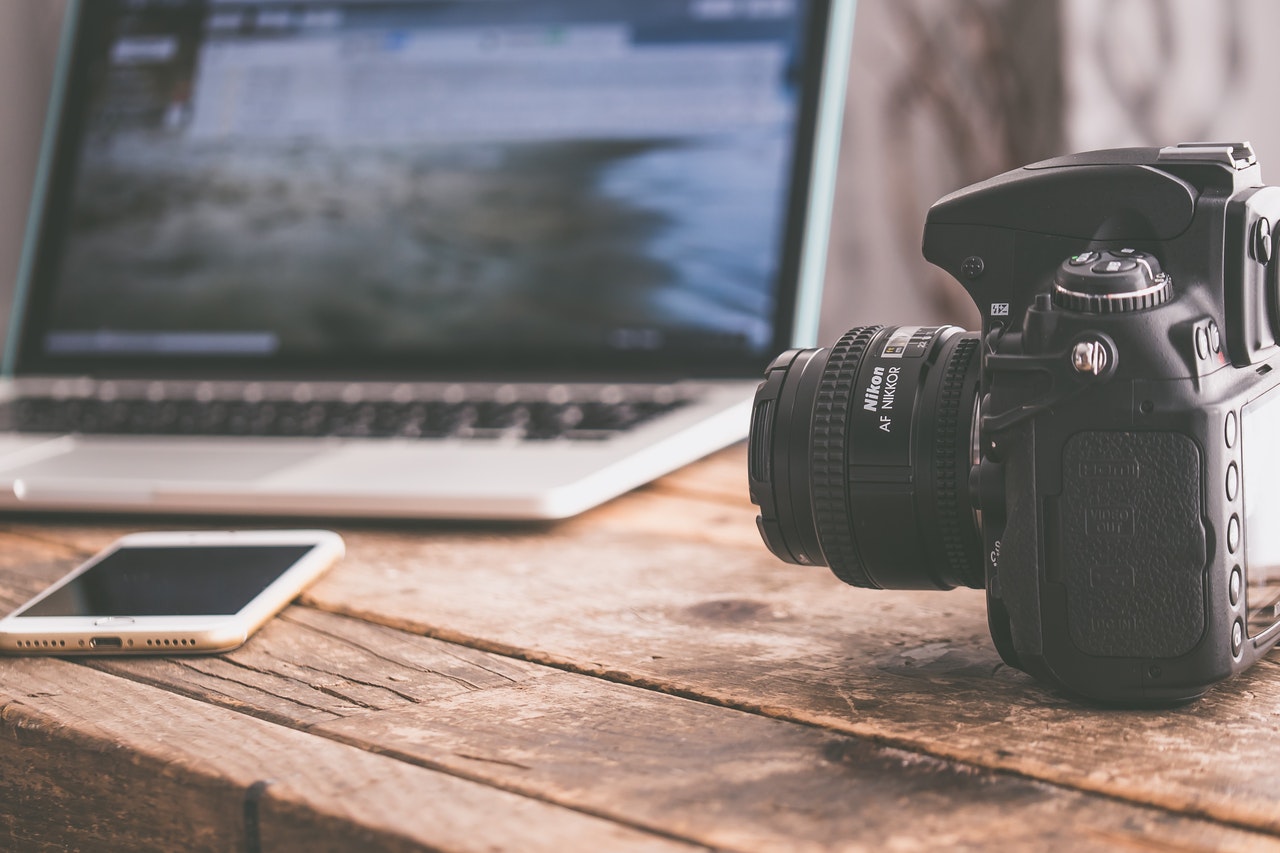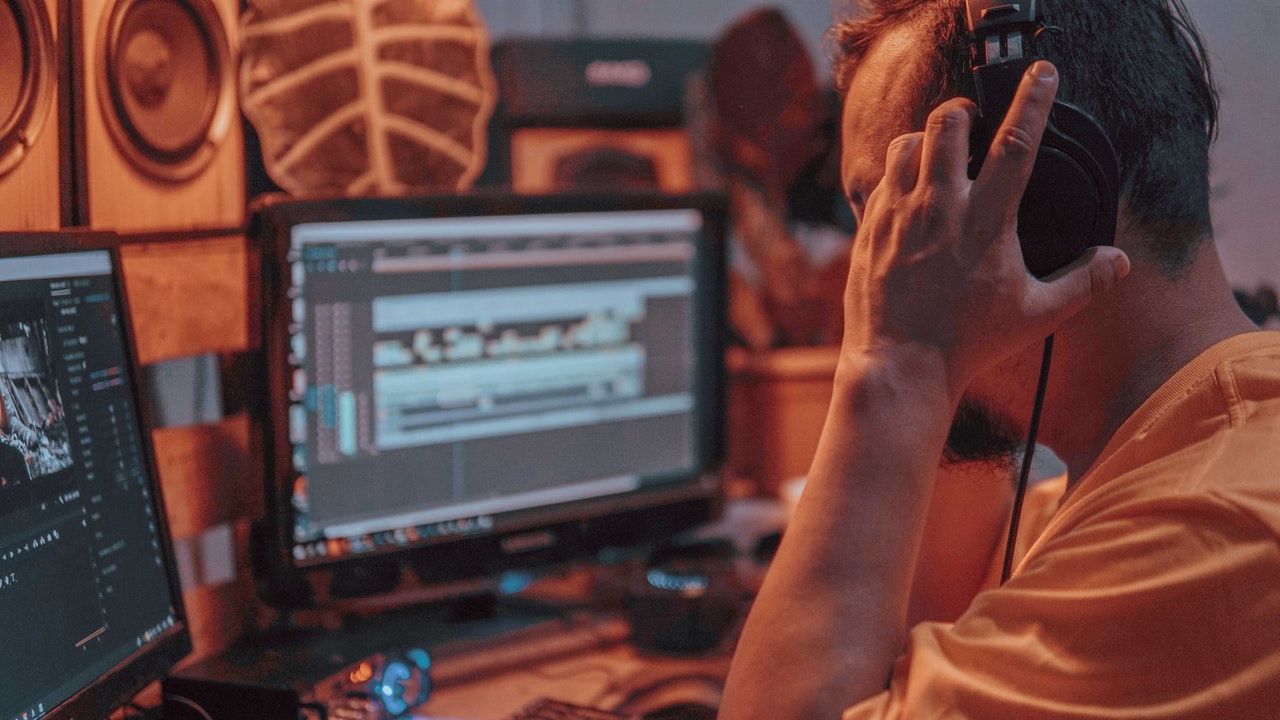Creating tutorial videos for online programming courses can be a daunting task, but with the right preparation, it can be a hugely successful endeavor. In this article, we’ll outline some tips for creating tutorial videos with screen recorder and video editor that will help you get started on your journey to success.
Define Your Purpose
If you’re thinking about creating a tutorial video for an online programming course, there are a few things to keep in mind.
First, think about the purpose of your video. Is it to help prospective students learn the material? To demonstrate how to do specific tasks? To provide supplemental guidance after class?
Second, consider your audience. Are you targeting new students who might not be familiar with programming terminology or syntax? Older students who might need refreshers before taking a new course? Faculty members who want to create supplementary materials for their classes?
Finally, think about the style and tone of your video. Is it instructional (with clear instructions and diagrams)? Entertaining (with jokes and fun animations)? Informative (with background information on the topic)?
Once you have all of these factors in mind, start filming!
Choose the Right Medium for Your Video

Source: pexels.com
Choosing the right medium for your video tutorial can be a challenge. There are so many options available, and it can be hard to know which one is the best for your particular project. You don’t have to choose between video and text; you can use both!
Some people prefer to create video tutorials using professional video editing software. This is a great option if you have experience with video editing and want to take your videos to a higher level. However, it’s not necessary if you only have basic skills. You can also create videos using free video editing software, such as Windows Movie Maker or iMovie.
The key is to find an appropriate tool for your specific project and skills level. Once you have chosen a format, there are a few things you need to consider before starting your video tutorial:
-What are the goals of your video? Are you trying to educate your viewers or entertain them?
-Who will be watching your videos? Children, adults, computer experts?
-What language do you want your viewers to be able to understand? If your video is in a foreign language, you will need to translate it.
-What type of content do you want your video to contain? Do you want to teach a specific skill, share a story, or showcase your work?
-How long will your video be? Will it be a short tutorial or a longer project?
Once you have determined the goals of your video, the other critical question is who will be creating and producing it. If you are creating videos on your own, you will need to have some basic video editing skills. If you are working with a team, however, you will likely need someone with more experience who can help with camera setup, filming, and editing.
Choose The Right Camera

Source: pexels.com
No matter what camera you choose to film your tutorials with, there are a few things to keep in mind. First and foremost, make sure the camera is sturdy enough to handle being bumped and jostled around while you’re filming. You don’t want it to start shaking during your video and ruin the footage. Additionally, make sure that the lens is wide enough so that you can capture a good amount of the screen when you’re displaying code or data. And finally, think about whether you want to use a tripod or not. A tripod will ensure that your videos are smooth and free from shaky movements, but they can be bulky and take up a lot of space. If you don’t have a tripod available, consider using software like Movie Maker to stabilize your footage.
Set Up and Record Your Video
When you’re ready to start creating your online programming courses video tutorials, there are a few things to keep in mind. First, make sure that you have the right equipment. A good video camera with a good microphone will help you produce high-quality videos. Second, set up your recording environment and prepare yourself ahead of time. Make sure you have all the materials you need on hand, such as your video camera and computer, so that you can get started right away. Finally, be sure to create a plan for your video tutorials. This will help you structure your videos and keep them on track.
Edit and Finalize Your Video

Source: pexels.com
Creating tutorials for online programming courses can be a time-consuming and daunting task, but with the right planning and execution, it can be a breeze. In this article, we’ll provide you with tips on how to edit and finalize your video tutorial for online courses.
First and foremost, make sure that you have the right equipment and software to create your video tutorial. You’ll need a camera (or camcorder), editing software, and a fast internet connection. If you don’t have all of this hardware yet, don’t worry – you can often find good deals on used gear on sites like eBay.
When it comes to editing your video, there are a few key things to keep in mind. First and foremost, make sure that your video is well-paced and flows smoothly from one section to the next. Next, make sure that you use clear and concise language when describing the steps in your tutorial. And finally, be sure to insert visual aids (e.g., screenshots) where appropriate to help illustrate your points.
Once you’ve edited and finalized your video, it’s time to upload it to the web. There are a variety of different hosting services available, so it’s up to you to decide which one is best suited for your video content. Once your video is uploaded, you’ll need to add some specialized SEO tags to help increase viewership and traffic.
Overall, creating and editing online programming tutorials can be a daunting task, but with the right planning and execution, it can be a breeze. So don’t hesitate – get started today!



